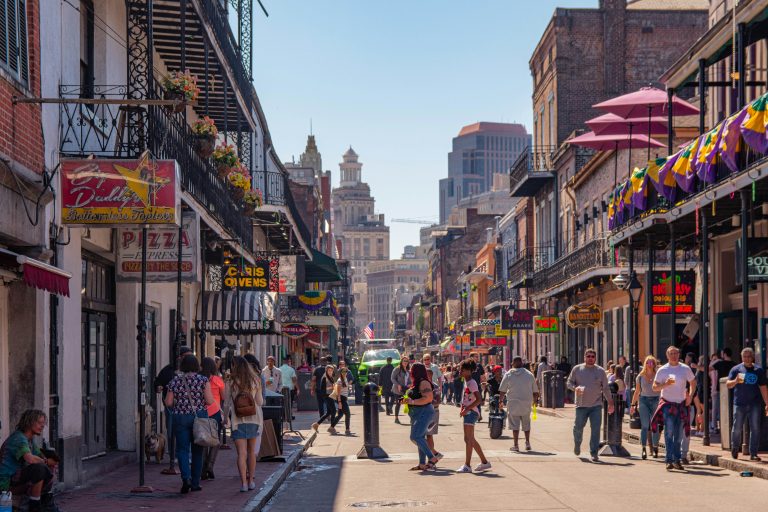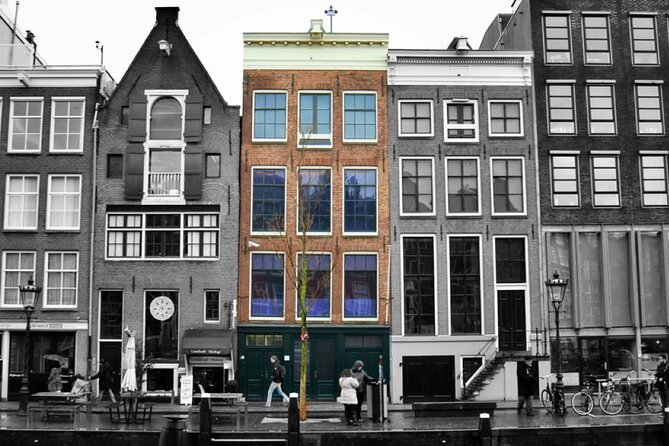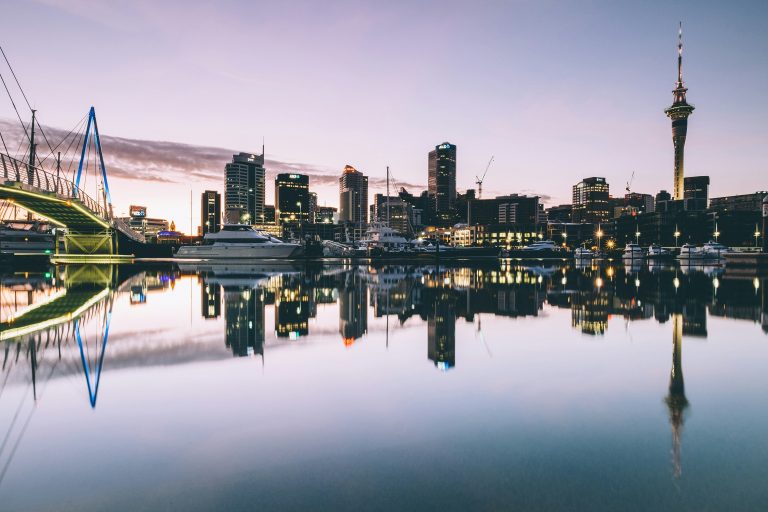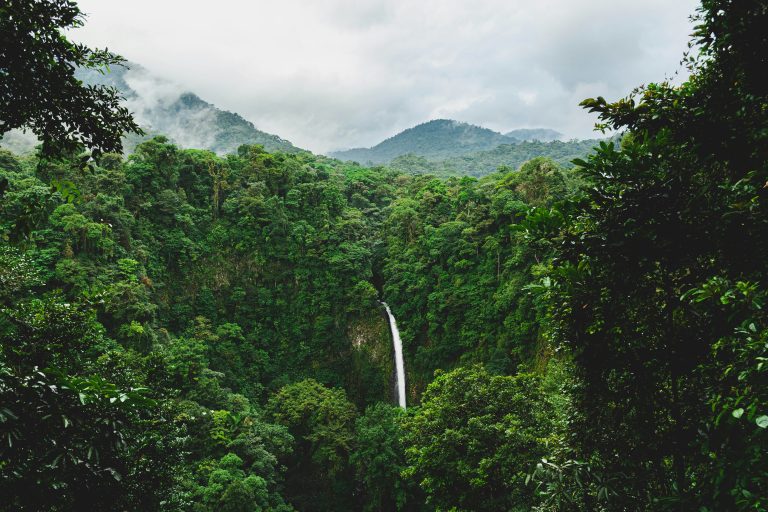School Trips To Peru – Culture and Cuisine
From the bustling markets of Lima to the high-altitude kitchens of the Sacred Valley and the traditional flavors of the Amazon, Peru’s cuisine is a testament to its rich history and diverse landscapes. This immersive journey takes us deep into the origins, techniques, and flavors that define Peruvian gastronomy, blending culinary workshops with cultural exploration. As we cook alongside local chefs, farmers, and indigenous communities, we gain a profound appreciation for the intersection of food, history, and sustainability in one of the world’s most exciting food capitals.
Points of Interest
-
Lima
-
Cusco
-
Sacred Valley
-
Ollantaytambo
-
Aguas Calientes
-
Machu Picchu
-
Puerto Maldonado (Amazon Rainforest)
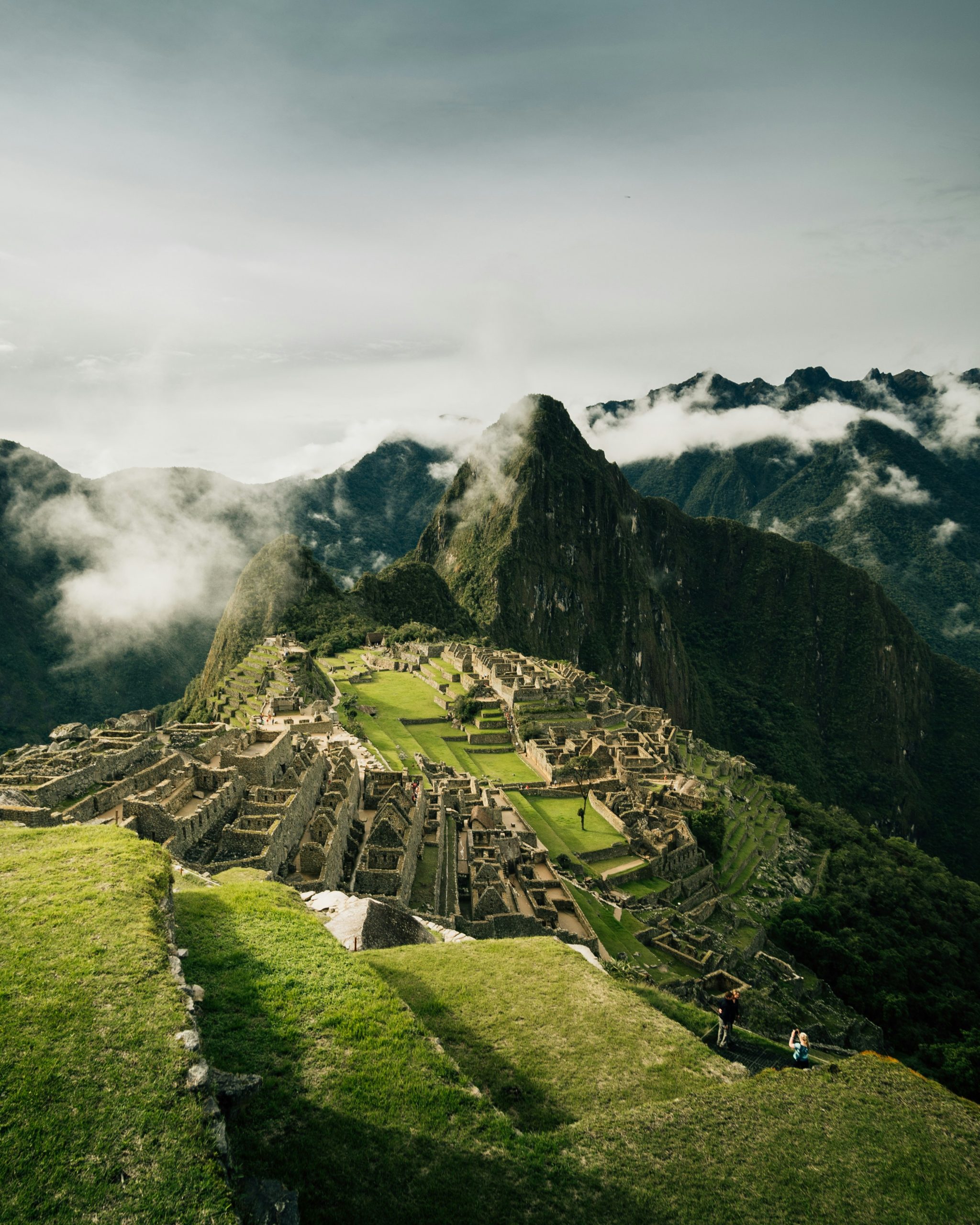
Trip Itinerary Peru – Culture and Cuisine
School Trip Journal

We’ll keep you updated with the latest news, trips, and updates—so you’re always one step ahead.

